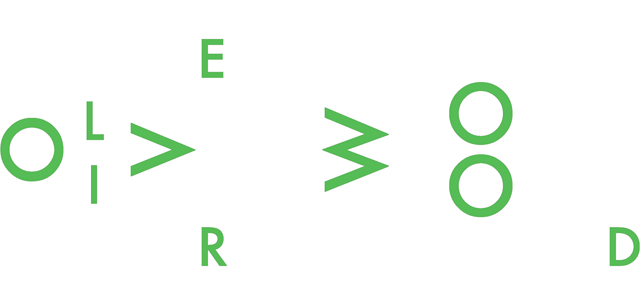CAIRNS, Antony. LDN; LPT; LDN3. [London]: [Privately printed], [2010; 2012; 2014].
is on back order
THREE BOOKS
EACH IN AN EDITION OF 100
CAIRNS, Antony.
LDN; LPT; LDN3.
[London]: [Privately printed], [2010; 2012; 2014].
3 vols. [LDN] Oblong 4to (297 x203 mm), pp.[52] (various paper types). 18 black-and-white plates printed on tracing paper, mounted, occasionally over fluorescent paint. Plain cream covers, Japanese binding sewn with purple thread. Publisher’s grey card slipcase, title stencilled to front in white. Fine. [LPT] Oblong 4to (297 x 210 mm), pp.[78]. 20 black-and-white photogaphs printed on tracing paper. Oxidised metal rear cover, semi-opaque grey polypropylene front cover, bound with 10 black clips. Rubbing to rear cover and clips. Near-fine. [LDN3] Oblong 4to (297 x 209 mm), pp.[74]. 18 black-and-white photographs printed on acetate. Acrylic rear cover, bound with 5 screws. Signed and numbered by Cairns in pencil. Fine.
First editions, each in an edition of 100, LDN being a variant in a trial binding. Antony Cairns’ photographs of buildings, architectural details, underpasses, and walkways, combine to create a nocturnal landscape that is only occasionally recognisable as having been made in London. The pictures originate as 35mm transparencies, which are part-developed and then solarised before the developing process is resumed. Then from inter-negatives Cairns makes contact prints, which, when exhibited are made directly onto aluminium panels.
Ian Jeffrey wrote about the series when part of it was included in the 2013 Rencontres d’Arles, suggesting that the photographs, ‘… have to be “made out” fathomed or figured. Stains and blurs ask to be identified or separated one from the other; and due to the unfamiliar tonal range of the images items such as bolt-heads and lights have to be discerned. There are pieces of texts, as well, which can almost be read, and they cause hesitation and strain. Thus the very decipherment of the pictures takes another kind of time and different kinds of concentration: reading of letters and fragments of words, for example, as well as testing the light – looking for significant irregularities in delicate, radiant surfaces. Thus the city with its frameworks and modules provides a setting and a foil for the kind of almost imperceptible moments in which we usually have our being.
Click here to view all items in the 'Moral Tales for Young Artists' list
Share this Product
Home
/ Collections / MORAL TALES FOR YOUNG ARTISTS
/ CAIRNS, Antony. LDN; LPT; LDN3. [London]: [Privately printed], [2010; 2012; 2014].

![CAIRNS, Antony. LDN; LPT; LDN3. [London]: [Privately printed], [2010; 2012; 2014].](http://www.oliverwoodbooks.com/cdn/shop/products/CAIRNS_LDN_x3_shopify_grande.jpg?v=1435619777)